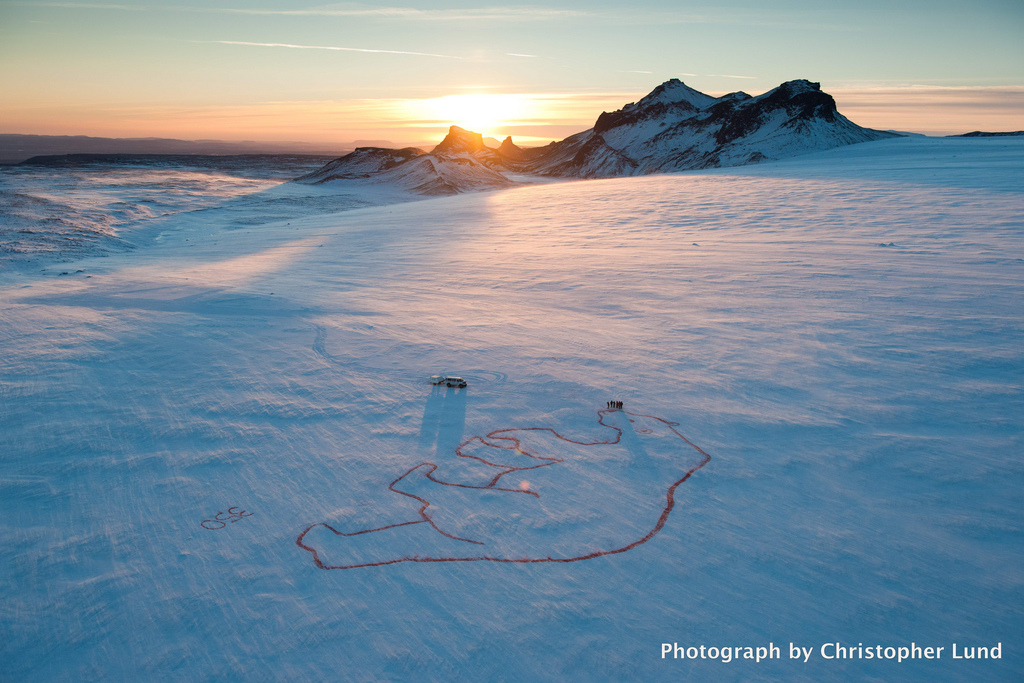The design of the new treaty is built around something called the “INDC”.
This stands for Intended Nationally Determined Contribution and is the level of emission reductions that specific country will commit to over the 1st period of the new treaty from 2020 to 2030.
An INDC is normally expressed as an emission reduction schedule from the start of the commitment period (2020) or a emission reduction schedule after “Peak Emissions” are reached. Yes some countries allow for emission increases before they reach peak emissions and start reducing.
If you are interested to view countries submitted INDC’s you can find them here.
The scientists have worked out that we cannot pump out more than 1,000 Gigatons of CO2e into the atmosphere from 2012 through to 2030. Because if we do this will push the level of CO2 in the atmosphere through 440 Parts Per Million which in turn will push temperature through the 2-degree limit from Pre Industrial times.
They thought 420 PPM would take us through the 2-degree target, but actually because the oceans have absorbed so much of the additional heat, there is a bit more latitude.
In short, it’s a little but like rationing. We only have so much till 2030, so how much are you planning to use?
If it is like rationing, then let’s keep things simple and say we have 200,000,000 bread rolls to go around. After they are gone, we starve unless we can find a new source of food.
Some people have more money than others, some need more bread rolls than others and some have technology that can create new sources of food.
What is the simplest solution to get things going; price bread rolls and create derivative markets on bread rolls. This way you create a trade in bread rolls and those with alternative sources of food get an idea of what price they can attain for it.
I won’t go on because I am sure you get the point.
But the above is effectively emissions trading and emissions offsetting. And if you read the text of the Paris agreement, you can find confirmation that the same mechanisms as were utilised in the Kyoto Protocol such as The Clean Development Mechanism and the Joint Implementation Facility will be utilised in the Paris Agreement. So finally, it is all going to be about emission reductions.
And if you want to fight global warming, focusing on emission reductions is vital as emission are the root cause of the problem.
However, if you need to find the financial sweet spot of climate change mitigation opportunities, it would be wise to focus on countries with ambitious INDCs. As these countries have considerable ambitions to reduce their emission and accordingly your most likely to find all the support you’ll ever need.
